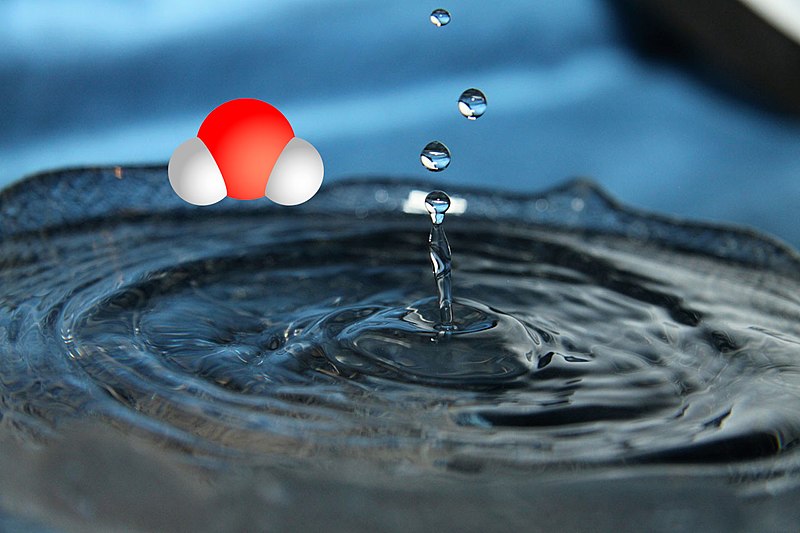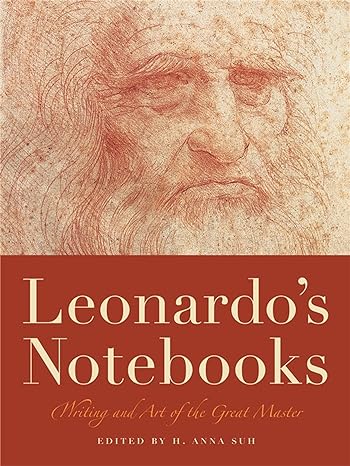
Water vapor is the most abundant and the most powerful greenhouse gas in the atmosphere and is responsible for about half of the Earth’s greenhouse effect. The amount of water vapor in the lower atmosphere is largely controlled by temperature, such that warmer air holds more moisture. Water vapor returns to the Earth’s surface usually within two weeks but only if the vapor is in the troposphere, the atmospheric layer closest to the Earth.
Water vapor in the stratosphere, the layer above the troposphere, on the other hand, can stay there for a long time due to the lack of physical mechanisms to bring it back to the surface of the Earth. MIT has estimated that a water molecule, or any atmospheric molecule, can stay in the troposphere for about 1.5 years, possibly longer, before circulating back to the troposphere or Earth’s surface.
On 15 January 2022 the South Pacific volcano, Hunga Tonga-Hunga Ha’apai, erupted sending a huge jet of water vapor into Earth’s stratosphere, estimated to have been around 40 billion gallons in volume. This is estimated to have increased the water vapor in the stratosphere by 10% in a matter of hours or days.
For reference, the greenhouse effect for selected gases by its 20-year GWP (Greenhouse Warming Potential) value:
- Water Vapor = A very large value but difficult to find in print.
- Hydrofluorocarbons (HFCs) = 460-9100 GWP
- Bromides = 7140 (varies)
- Chlorofluorocarbons (CFCs) = 4400-6200 GWP
- Nitrous oxide = 280 GWP
- Methane = 56 GWP
- Carbon dioxide = 1 GWP
Source: NASA. MIT. Graphic by AGeremia, 2020, Creative Commons.

